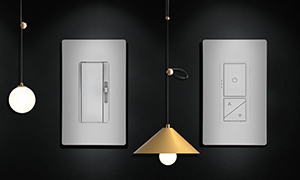 Language
Language
-
Do I need GFCI outlets in my old house?
It’s important to note that GFCI outlets are highly recommended for all homes, especially in crucial areas such as bathrooms and kitchens, for enhanced household safety.
-
Can I plug a power strip into a GFCI outlet?
Using power strips with GFCI outlets is not recommended as they can bypass the GFCI protection for other devices plugged into them. If you require more outlets, it’s better to consider installing additional GFCI outlets to ensure proper protection against electrical hazards.
-
My GFCI outlet keeps tripping. What should I do?
There could be a ground fault (leakage of electricity). Unplug all devices and try resetting the outlet. If it trips again, consult a qualified electrician to identify the source of the fault.
-
How often should I test my GFCI outlets?
Make sure to test your GFCI outlets every month. To do this, press the test button and then the reset button. If the outlet doesn’t trip or reset correctly, it’s important to seek advice from a qualified electrician.
-
Can I replace a GFCI outlet myself?
It’s important to note that while individuals with electrical experience may feel confident in replacing a GFCI outlet, it is generally advised to seek the expertise of a qualified electrician to guarantee correct installation and overall safety.
-
Are GFCI outlets weatherproof?
GFCI outlets with the “WR” marking are specifically engineered to withstand various weather conditions, including snow, ice, moisture, and humidity. These outlets are constructed with corrosion-resistant materials, ensuring durability and safety in outdoor or harsh environments.
Need help?
-
Tel:
+86 18857349189
-
Office:
+86 577 61785825
-
E-mail:
















